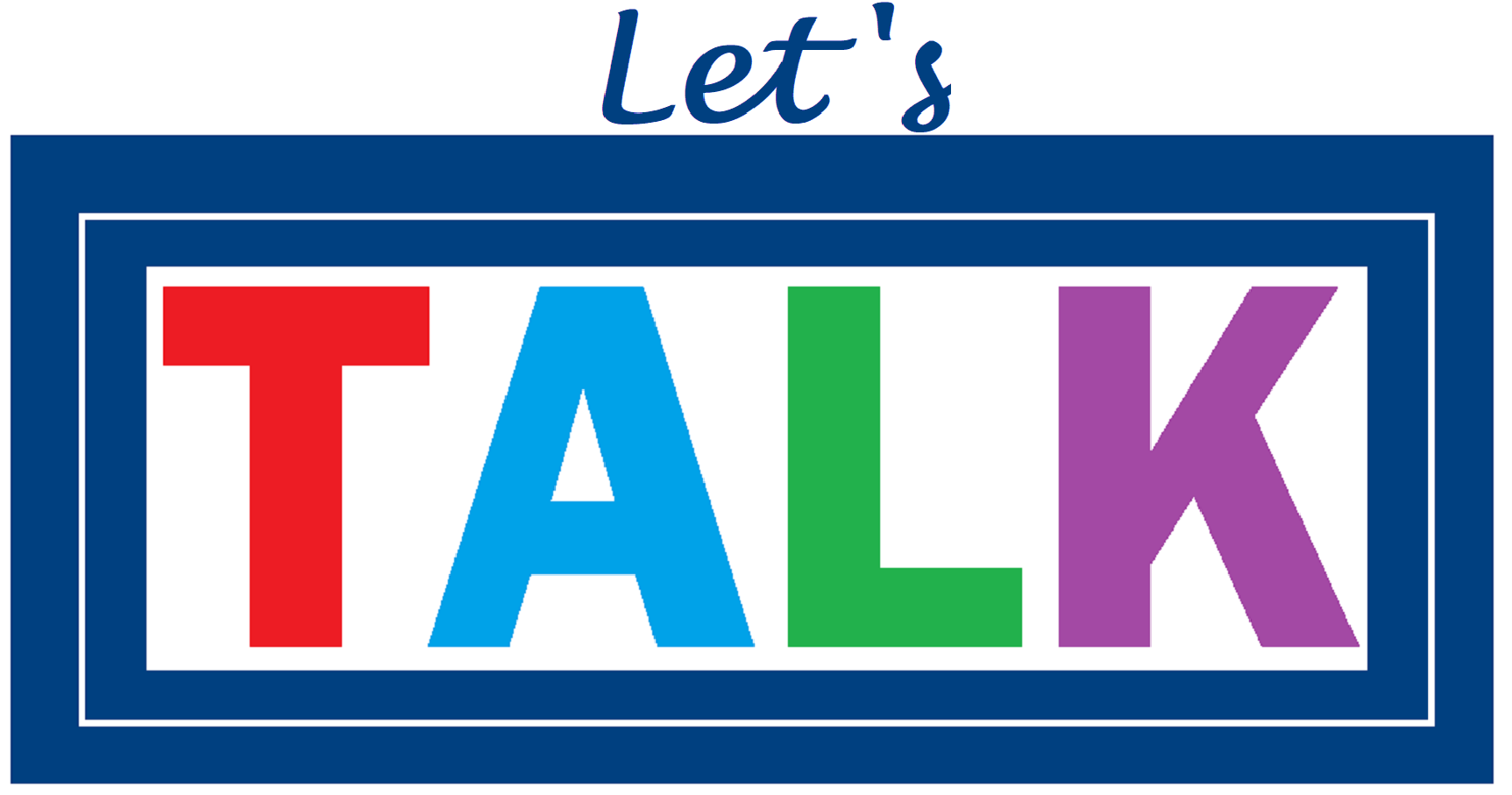By Dan Boughton
FrogWatch USA is a citizen science program that invites community volunteers to help scientists collect information on frogs and toads heard calling at wetlands across the United States. My wife and I became citizen scientists this past spring through online training with the Maritime Aquarium of Norwalk. The training was fun and informative, and the hands-on data tracking provides value for the scientists. But just as importantly, we have had fun getting out into the woods near wetlands and figuring out which sounds belonged to which frogs or toads.
Frogs and toads are one type of amphibian. Amphibians are vertebrates (animals with backbones) that have gills during at least one stage of their life cycle and have mucus glands to keep their skin moist. Amphibians are ectothermic, which means their body temperature varies with the environment. Most amphibians undergo metamorphosis, living part of their lives in water and part on land. We have two types of amphibians in Connecticut, newts, and salamanders. They are lumped together and referred to as Urodeles. We are focused on the frogs and toads called the amphibian order Anura.
So why care about our local frogs and toads? What difference does it make whether we hear the melodious chorus of wood frogs and peepers that marks the onset of spring or not? Amphibians eat an astounding variety and quantity of insects, helping to keep the insect population in balance. Among these insects are those that spread eastern equine encephalitis and West Nile virus. They not only prey on insects but are preyed upon by birds, fish, reptiles, and other amphibians. In short, frogs and toads play a crucial role in maintaining the delicate balance of nature. We, as humans, are also a part of that delicate balance and we benefit from the anurans in our midst. Many compounds in medicines used today have been derived from amphibians. Pain killers, antibiotics, and cardiac stimulants are just a few. Wood frogs, which are native to Connecticut, freeze solid during the winter and thaw in the spring back to vitality. This process is being studied by scientists to freeze and preserve human organs desperately needed for future transplants.
As a citizen scientist and volunteer for FrogWatch USA, your job includes a number of doable tasks. You select and register a local wetland where you will do all the observations. Monitor the wetland during weekly evening visits, at least a half hour past sunset. Record weather conditions such as wind speed and current precipitation. When you have arrived at your location it is necessary to have two minutes of acclimation. This is when you and the frogs become adjusted to each other’s presence. Then the fun part. Listen for precisely three minutes to identify the frog and toad species along with the calling intensities of each species. Record and submit all the data to the FrogWatch USA database.
The name FrogWatch is a bit of a misnomer. All the observations and collected data are done through hearing the sounds the frogs and toads make. Most of us have probably heard the incessant peeping in March and April from the spring peepers. But very few of us have actually laid eyes on this particular amphibian. They will easily fit within your pinky fingernail and weigh no more than three to five grams. If you know of a particular wetland where the peepers are peeping, you have a very good chance of coming back in the day and seeing a cluster of eggs floating on the water surface. The challenging and fun part of the training and observations is becoming familiar with the myriad of sounds associated with the ten recognized species of frogs and toads in Connecticut. If you have heard what sounds like a baby crying with the croup, the Fowler toad is nearby. The Northern Leopard frog, which is a species in decline, gives a two-part call consisting of a creaking door followed by a dolphin whistle. A familiar one to most of us is the American bullfrog which sounds like the light saber from Star Wars. Go to wildlifeofct.com to hear the species living in Connecticut.
While anybody can get involved, this would be an ideal family event. The parents and kids will both be learning together and the exposure of getting out into our woods after sunset is just plain fun. If you are lucky, you will also get to hear one or more of the eight owl species living in Connecticut. The howl of a coyote pack, the yip of a red fox, the late summer singing of a cicada are jewels to be discovered in our woodlands. Silence those electronic devices and go explore the nocturnal sounds of nature.
TALK Environment group seeks to promote conversations about the environment and climate change in our community. If you have a related topic which you are passionate about, please send your ideas and suggestions for future articles to: prez@talk-action.org. We encourage more community writings for this column. All articles are archived on the TALK website https://talk-action.org.
